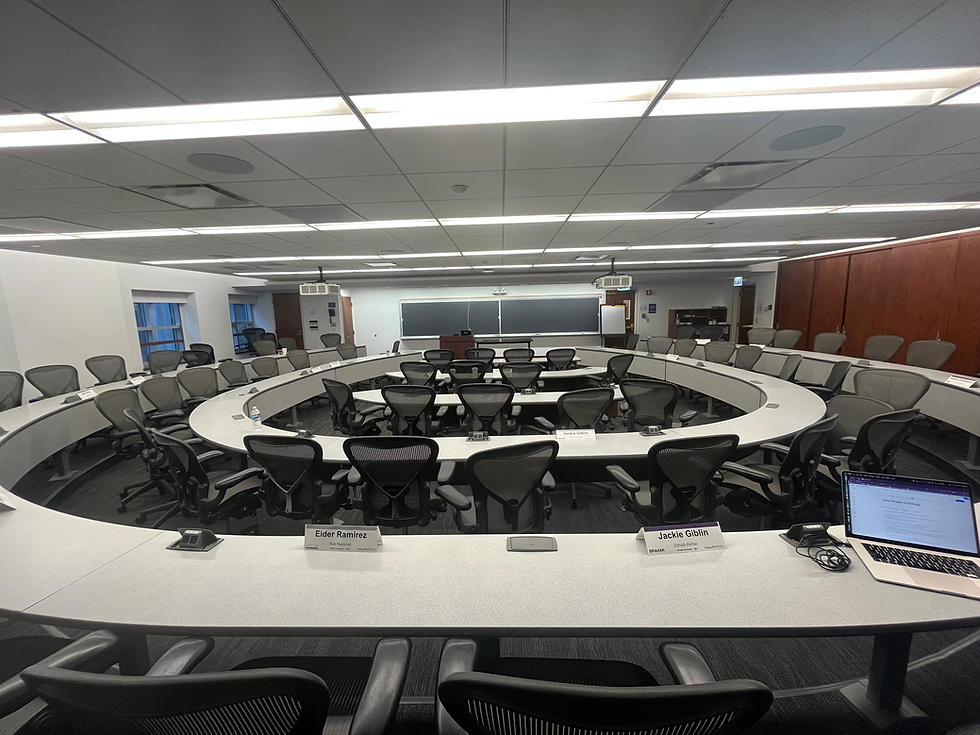Idea in motion...
- Zohaib Akhtar MD MPH

- Aug 16
- 2 min read
Updated: Aug 22
As you read this, an idea will take shape from ordinary things. (Simulation in the end)
Lets Start.
Look up and notice the nearest object..... pick the closest and hold it in mind. Now reach for something unrelated: a memory from last week, a place you’ve never been, a field you don’t work in. Hold the two together. They won’t match at first. That mismatch is the useful part.
Your brain is built to close gaps. Without being asked, it starts testing bridges (properties, purposes, metaphors). A coffee mug meets say “space travel,” and suddenly you are picturing self-heating cups for zero gravity, caffeine timing for long missions, insulation borrowed from spacesuit materials. That’s a idea born from contact between codes .... which is a patterns from different worlds that weren’t meant to meet and yet do.
This is how many breakthroughs begin...... A collision.
A surgeon borrows a brake cable’s precision. A relief team copies ant trails to move supplies. A school redesigns homework referring to game loops instead of worksheets. Lets call it cross-perspective thinking.
Now, If you stop at a single collision, the idea stays thin. Add a third lens.
Ask what a child would change, what a historian would question, what a chef would simplify, what a comedian would expose. You don’t need their expertise to the bone, just their angle long enough to see what yours won’t show you. Each added lens is a trait the original idea couldn’t grow alone.
Today, AI can help here. It can surface patterns from places you’ll never visit and draft ten bridges you wouldn’t try. But it doesn’t get the final say. You do! [ Tools propose....... you dispose ] .
There’s something else to notice. You have read this in the order I set.
My examples, my timing, my paths through the thought. From the inside, it feels complete enough to trust. Like a silo (self-contained, useful, but partial). The moment another voice interrupts, the story shifts.
So while you began with nothing, different perspectives made it interesting and a better way to solve a problem.
Now below is a simulation that can help to understand all this much better.
|
|
|
This interactive simulation translates the article’s ideas into a short, guided practice.
In a few steps, you’ll see how collisions across fields reveal what our usual lens leaves out.
Shared freely for educational and innovation purposes.


